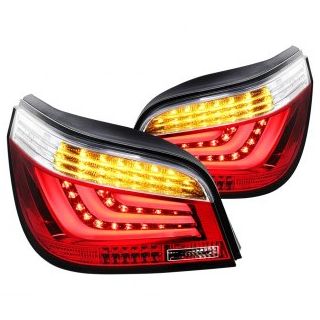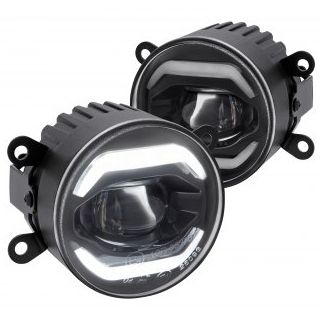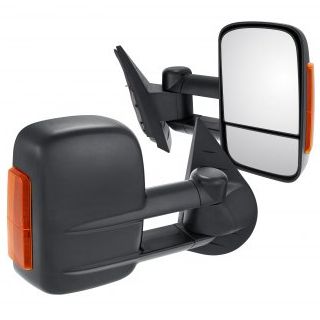
While it’s not a requirement for its operation, a quality speaker system is one of the most fun things you could have in your car. Everyone loves cruising the highway with their favorite tunes blasting out and shaking everything like a localized earthquake.
Of course, you shouldn’t always have your music blasting at the absolute highest volume, as it can put some intense wear and tear on the speakers themselves. Remember, all that vibration is hitting the speakers in addition to their surroundings.
If your speakers are old or in bad shape, then eventually they’ll blow out — either losing their sound entirely or delivering it in severely diminished, muffled quality. Since a speaker system is made up of so many individual speakers, though, it can be a little difficult to diagnose whether you actually have a speaker blowout, or if there’s some other random problem with your car. If you want to find out, there are a few checks you can perform to verify.
Please note that the following checks should only be performed while your car is parked in a safe place like your home driveway. Don’t attempt to diagnose speakers on the road — you have more important things to be focusing on.
Listen carefully to your speakers
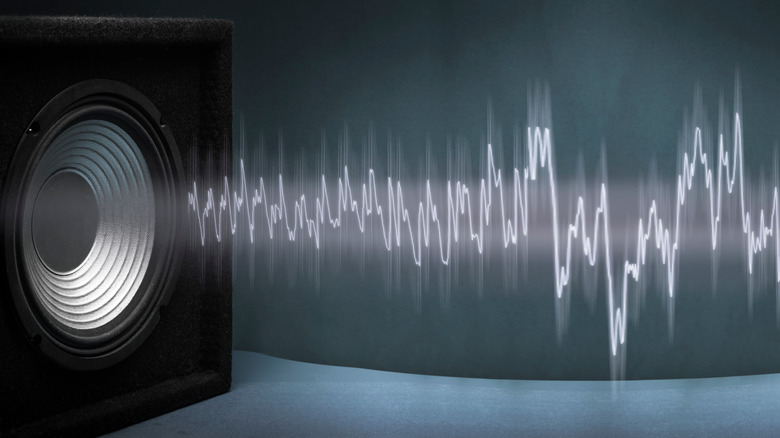
The first and perhaps most obvious trick you can try to diagnose your speakers is to listen carefully to them. Locate all of the primary speakers in your car’s sound system, play some consistently-toned music, and listen carefully to what comes out. When a speaker is working properly, you should hear the music coming out clearly at any volume.
When the speaker is partially blown, you may still be able to hear the music on a lower volume, but as you increase the volume, it’ll gradually become muffled and distorted. If the speaker is completely blown out, then you’ll either hear absolutely nothing, or just some soft noises like buzzing, ringing, or hissing.
If you’re not sure about the quality of the sound you’re hearing, try holding a microphone with an equalizer up to the speaker with the levels zeroed and the balance in the middle. If it picks up any obvious distortions, you should see them reflected in the equalizer levels.
Feel the speaker’s subwoofer
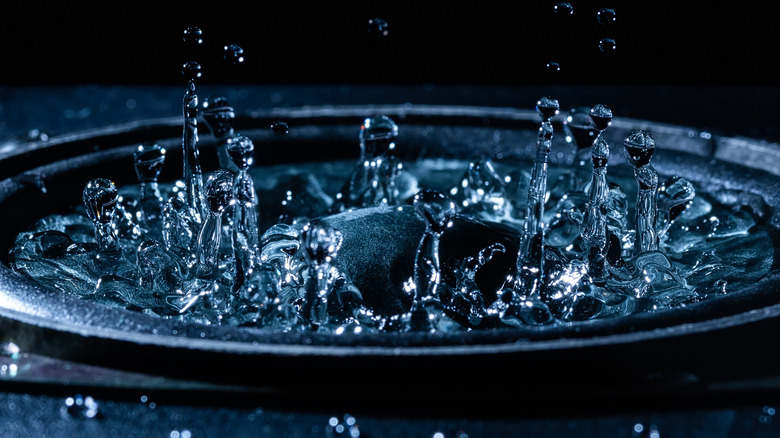
At certain volume levels, speakers — particularly subwoofers — produce a tangible physical force. All that heavy bass really shakes things up, as it’s supposed to. If you want to check the efficacy of your speaker system, just place your hand on a subwoofer and crank the bass.
Find a speaker in your car, play some music, and turn up the volume. Gently place your hand over the speaker grill or padding — as the music plays, you should feel distinctive vibrations in time with it, particularly any bass-heavy moments. If your speakers are large enough, you may even be able to see the inside of it vibrating. If your speakers are blown out, though, then the sound won’t reverberate properly, and you won’t be able to feel any vibrations from your speakers.
If you’re not quite sure about the vibrations you’re getting, and need to be sure, you can try to remove the padding or grill to get right at the speaker itself if you know how. The process will be different per vehicle, so don’t feel like you need to open up a speaker if you don’t know how. That said, if you don’t feel any vibrations from the actual speaker, then it’s definitely busted.
Use a multimeter

If there is a problem with your speakers’ wiring, caused by either a blow-out or something else, you can verify it by using an electrical multimeter and measuring impedance. You can get a simple multimeter from most hardware or electronics supply stores, and it should have a dedicated mode for measuring impedance in ohms.
Testing speakers with a multimeter is a more advanced step, so if you’re not comfortable with testing the speaker yourself, leave it to an expert. Remove the grill or padding from your speaker and place the meter leads on the speaker terminals to test its levels. Make sure the speaker is turned off when you do this so you don’t get shocked.
In a nutshell, impedance is a measurement of electrical flow — most properly-functioning speakers have an impedance level somewhere between 4 and 8 ohms, indicating a proper flow of electricity. If, however, you get an extremely high impedance level, or even an infinite level, that means that electricity isn’t flowing properly and the speaker is blown.


![How to identify if your car speaker is blown Nulaxy 54W Bluetooth 5.3 Car Adapter Charger 4-Port Fast Charging [PD36W & QC3.0 18W], Wireless Radio FM Trans...](https://m.media-amazon.com/images/I/71qeoDjC+jL._AC_UY500_.jpg)





